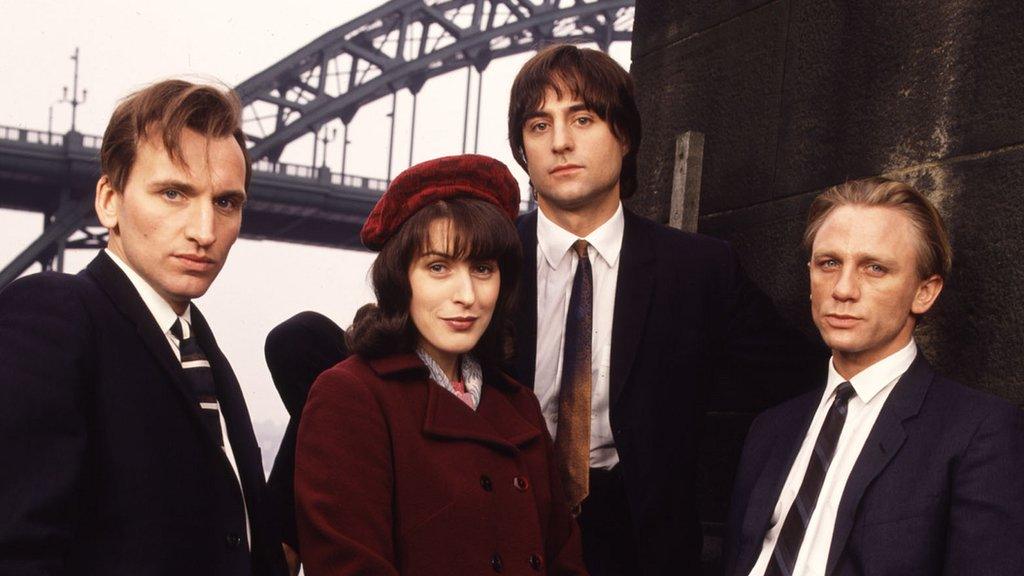Museum of the Year: Whitworth in Manchester wins prize
- Published
The Whitworth in Manchester has been shortlisted for the Art Fund Museum of the Year
Manchester's Whitworth has been named as Museum of the Year 2015 following a £15m redevelopment that led to record visitor numbers to the art gallery.
Whitworth director Maria Balshaw said the expansion project had "unlocked the potential" of the building.
She accepted the £100,000 Art Fund prize - presented by novelist Ben Okri - at a ceremony at Tate Modern.
It is the biggest museum prize in the world and the largest arts award in Britain.
The judges said the Whitworth was "an impressive institution" that had "cemented its place at the centre of the cultural national stage".
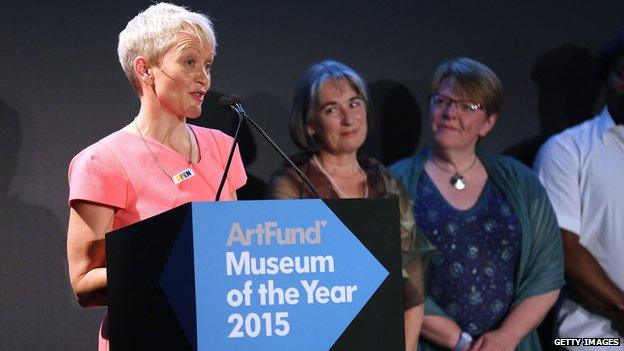
Maria Balshaw said the Whitworth was open to all communities in Manchester
The Whitworth underwent the largest physical transformation in its 125-year history in 2014. The project doubled its size and connected the building with its surrounding park.
"To be recognised on such a strong shortlist has been a delight," Dr Balshaw told the BBC immediately after the win was announced.
"Our vision was that we would make our gallery relevant for everybody that lives in Manchester.
"We are part of the most diverse community in the North West. We were closed for half a year and spent our time getting to know those communities."
During its redevelopment the Whitworth continued to offer pop-up projects all over the city, maintaining established audiences and building new ones ahead of its February reopening.
In her acceptance speech, Dr Balshaw revealed that 210,000 people had visited the the Whitworth since its relaunch, compared with 180,000 annual visitors to the old building.

Analysis
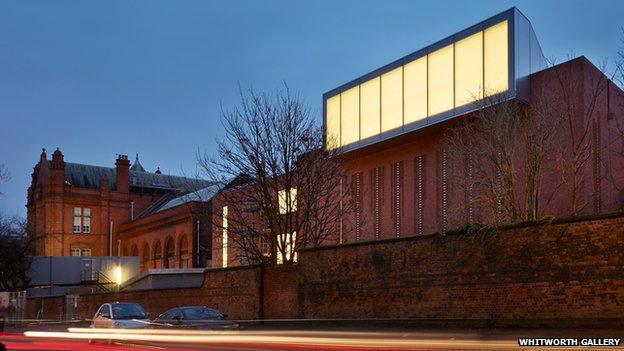
Whitworth Gallery
By Ian Youngs, BBC arts reporter
The old Whitworth had a somewhat institutional air, a bit staid and cramped and clumsy.
Now it is transformed, with the old bits refined and new exhibition areas that are big, clean and airy. It finally feels like it belongs in the top rank of national and international galleries.
It now also looks onto and, with an "art garden", reaches into Whitworth Park, to its rear. The idea is that it will be more welcoming to people in neighbouring Moss Side, from which it had previously appeared to have turned its back.

Stephen Deuchar, chairman of the judges and director of the Art Fund, said: "The transformation of the Whitworth - architecturally, curatorially, and as a destination - has been one of the great museum achievements of recent years.
"Its galleries offer intellectual, visual and creative stimulus of the highest order; the collections are innovatively presented, the community engagement programmes are both original and unusual, and the visitor experience is exceptional throughout.
"We were particularly taken with the relationship between the reconceived building and its surrounding park: museum, locality and community merge as if one. And in a wider sense the Whitworth has changed the landscape: it truly feels like a museum of the future."
The Whitworth, which is owned by the University of Manchester, was one of six finalists chosen by a panel of judges.
The others were London's recently renovated Imperial War Museum, Belfast's The MAC, The Tower of London, Oxford University Museum of Natural History and Dunham Massey, Altrincham.
Last year's prize was won by the Yorkshire Sculpture Park.
Dr Balshaw said the £100,000 prize would allow the Whitworth to continue "taking our art out into the world around us and bring new audiences back in".
"We feel that everybody who comes through our door is curious and up for wonder," she added.

The other shortlisted museums:
Dunham Massey, Altrincham (National Trust)

A Georgian country house in Cheshire, Dunham Massey has been home to the Booth and Grey families for some 350 years. In 2014, the Sanctuary from the Trenches exhibition faithfully recreated the Stamford Military Hospital as it had been in 1917-19, using artefacts and furniture from the house's own archive. Working in partnership with Manchester's Royal Exchange Theatre, actors were brought in to tell real stories of wartime experiences at the hospital. The acclaimed exhibition subsequently extended its run to November 2015.
Imperial War Museum, London
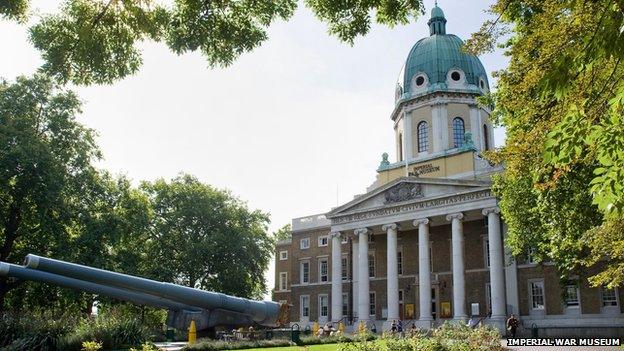
To mark the the centenary of the outbreak of World War One in 2014, the Imperial War Museum brought together letters, diaries, objects and works of art from its vast collection to create the newly established First World War Galleries. The resulting galleries lay bare the story of the war, from both the frontline and the home front. It also saw the museum's atrium dramatically transformed by Sir Norman Foster to tell the story of conflict from World War One to the present day.
The MAC, Belfast
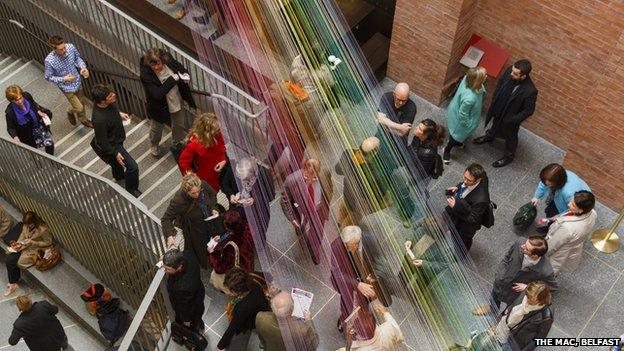
The Metropolitan Arts Centre (MAC) is a multi-disciplinary arts venue at the heart of Belfast. 2014 was an exceptional year across the organisation, with the visual arts programme - particularly an exhibition from US artist Kara Walker - attracting significant numbers of visitors and raising the venue's profile both nationally and internationally. The inaugural MAC International exhibition attracted more than 1,000 artist entries worldwide and is, to date, the largest art prize in Ireland.
Oxford University Museum of Natural History
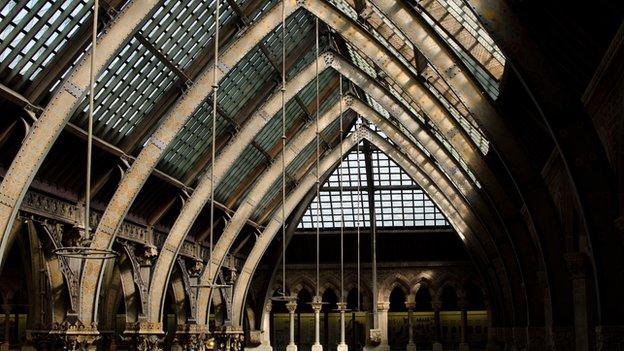
In 2014, Oxford University Museum of Natural History reopened its doors after 14 months of closure to restore its Pre-Raphaelite-inspired, iron and glass roof. The museum re-emerged from the £4m project with a revitalised public space and a revitalised collection, following a major conservation project undertaken on the suspended whale skeletons. LED lighting further enhances the visitor experience.
HM Tower of London (Historic Royal Palaces)
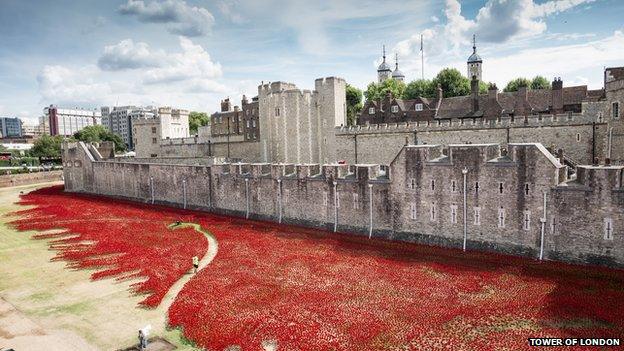
In 2014 Historic Royal Palaces commissioned for HM Tower of London a work of art that was to become the defining public commemoration of the First World War centenary: Blood Swept Lands and Seas of Red, by Paul Cummins and Tom Piper. This evolving installation of 888,246 ceramic poppies, which eventually filled the 16-acre moat, was viewed by more five million visitors.

- Published19 June 2015

- Published12 February 2015
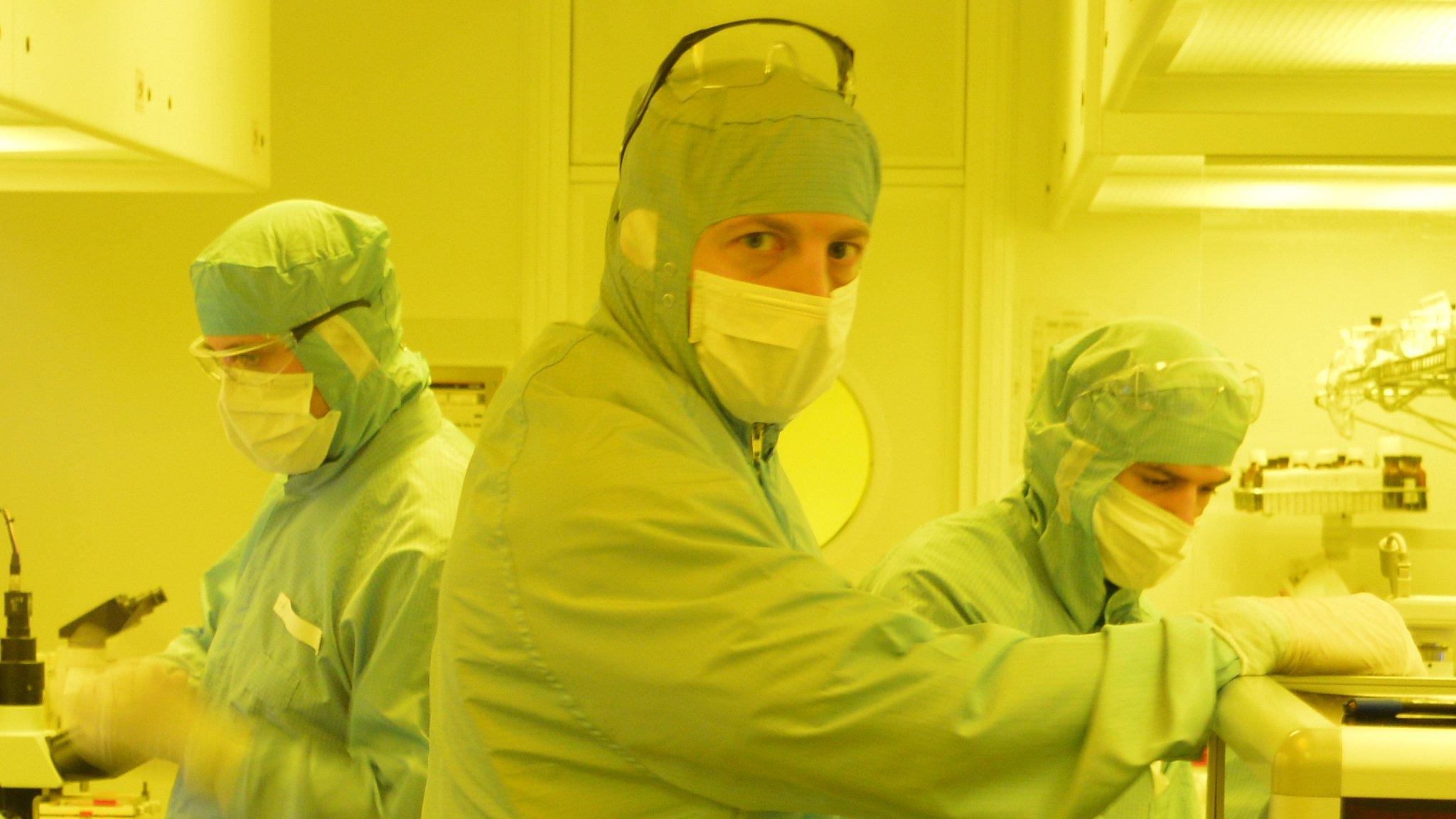
- Published19 June 2015
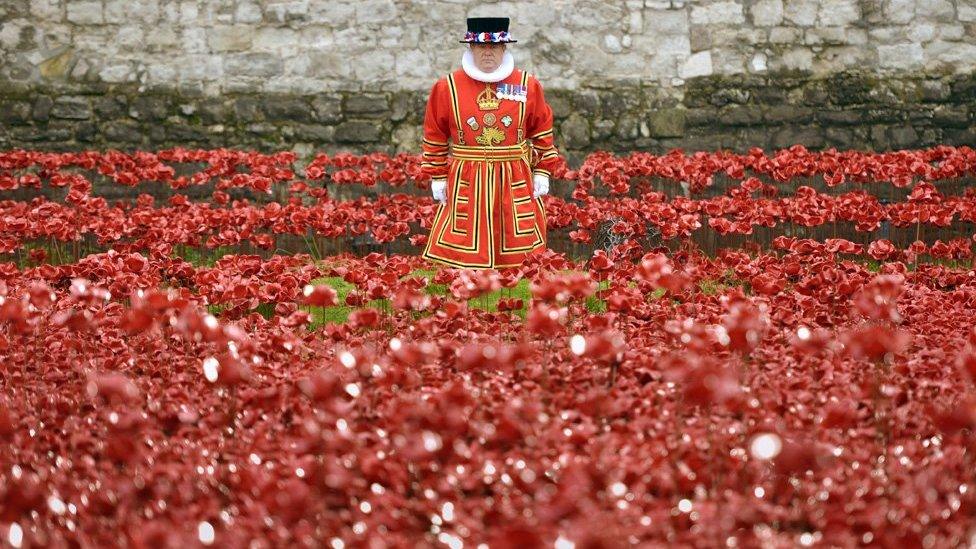
- Published24 March 2011
- Published15 December 2014
